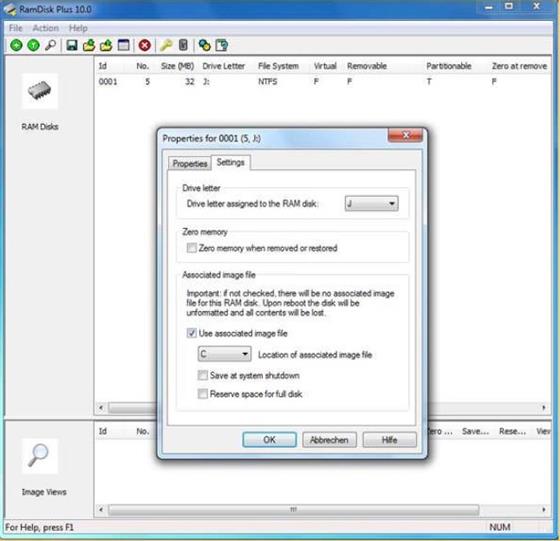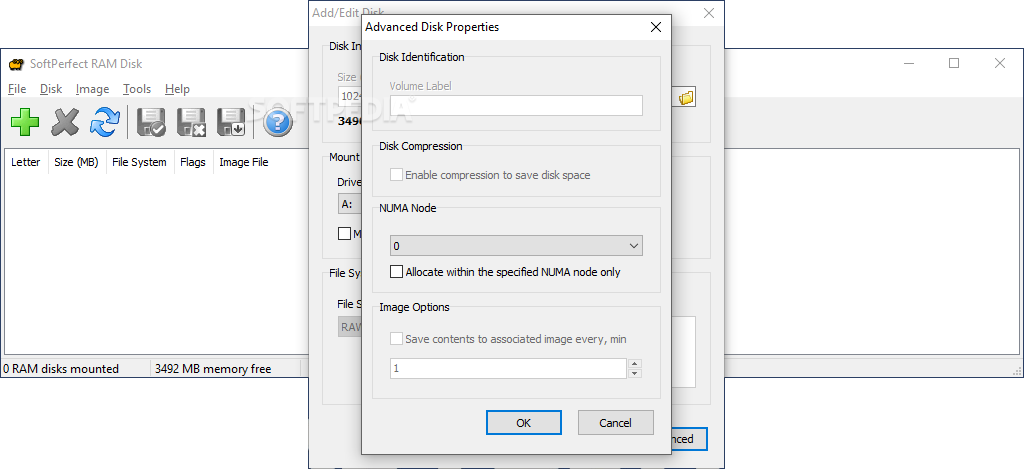

This means that the data stored within RAM exists as long as the system is powered on.

RAM (Random Access Memory) as you know is a volatile memory. If we used RAM Disk for this specific purpose, we can extend the lifespan of physical drives and make use of the benefits that RAM has to offer. This process generates a lot of I/O and can quickly wear down a physical HDD or SSD. In this article, we will focus on Transcoder Temporary Directory, this is the location that Plex uses when transcoding media files as they are being watched by users. However, like most things tech, a reliable Plex server is a server that is configured right. Installing Plex Server is as easy it can be and so anyone can do it. Transcoding is an important function within Plex and it is one that requires some TLC.


 0 kommentar(er)
0 kommentar(er)
